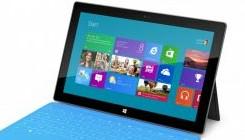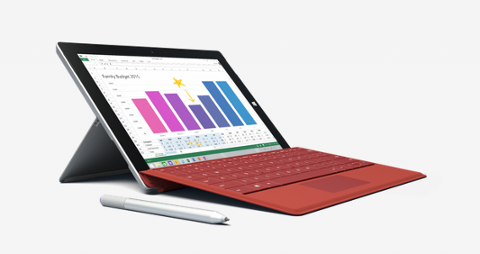If
Microsoft had big expectations for its Surface tablet, consumers haven't shared its enthusiasm. I see four reasons:

- Microsoft wants to use Surface as a way to revive Windows. Google tried the same thing with its Nexus. But right from the start of its ramp up to launch, something seemed strange about Surface, something seemed to be missing. Oh yeah, Microsoft failed to include the price or availability in the announcement.
On October 26 Microsoft said that the Surface RT would be available in Microsoft Stores and online. I’m not sure many people are even aware that in 2009 Microsoft launched a chain of retail stores, emulating
Apple's 2001 move.
- The Windows 8 and Surface RT announcement was the second big tech event of that particular week. Just three days earlier, Apple announced the iPad mini along with a refreshed line of other products. Still, Microsoft said nothing about Surface's PRO price or availability. Three words, Mr. Ballmer: New. PR. Firm.
- After the release, confusion about Surface RT only grew, despite Microsoft's increased efforts to explain the differences between it and the Surface PRO.
Recently, investment and research firm Detwiler Fenton said Surface RT sales aren't going as well as expected. It estimates that Microsoft is likely to sell just 500,000 to 600,000 Surface RTs in the December quarter, way below its expectation of up to 2 million units. Given that the availability of Surface RT was limited to only about 31 stores inside the U.S., along with a few online locations (by my count), that was never likely to happen.
Light at the End of the Tunnel
Early in December Microsoft said it would increase production retail distribution of the Surface RT. Initially, it had planned to expand distribution after the first of the year. Steve Schueler, head of retail sales and marketing, said that interest from retailers had led the company rethink its strategy. Surface RT still has a future. It's certainly not a dead-on-arrival product, like the Kin mobile phone. It’s an interesting device with unique features and an acceptable, if on the high end, price ($499). If Microsoft had released the device in November and made it available one or two weeks later, it would have had a better chance to break through. Fortunately, you can learn from your mistakes. I have to believe Microsoft knows that.


